Are you also afraid that misfortune will happen to your beloved dog? We know this feeling all too well! Take some fear away from yourself and find out a little about important first aid measures. This way you can better support your dog in an emergency situation and give him important help.

About Us
I work in a small animal clinic and we often have small and large emergencies there. This topic is very close to my heart because it happens that owners recognize serious symptoms too late. Unfortunately, any help here often comes too late.
Fortunately, no accident has ever happened to my own dog Nala. If that happens, I'll definitely be excited, even though I have expertise.
That's why it's so important to deal with the topic of first aid. In an emergency, the most important thing is to stay calm and not cause any hassle.

Tip 1: Stay calm in any emergency situation!
Because this is so important, I will repeat it, as succinct as it may sound: KEEP CALM! Your nervousness will pass on to your dog and you may make the situation even worse. It's best to first take a few deep breaths and come up with a plan for how to proceed.
First, secure your dog with a leash and get him out of the dangerous situation. If you bite, move away from the other dog. Get off the road in a car accident and out of the sun in a heat stroke. You probably understand what I mean.
Now check your dog for injuries. It's best to come up with a consistent routine at home according to which you will always examine your four-legged friend.

Tip 2: Practice medical examinations at home!
You can practice this check often at home. This way, your dog will get used to the examination and will not be additionally stressed by your actions in the event of an emergency. This ritual also gives you a routine and gives you security in the event of an emergency.
Practice examination procedures
1. Control of respiratory rate
First, check whether and how your dog is breathing. To determine this, pay attention to the movement of the chest. As a rule, the breathing rate of a Wuffi is between 10 and 40 breaths per minute. These guidelines only apply if your dog is calm and not stressed.
The breathing rate increases in heat, exertion, stress and pain. Also pay attention to signs that your four-legged friend is straining to breathe. In my experience, fewer dogs than cats come to the clinic with respiratory distress.

2. Check your pulse
Checking your pulse is also particularly important. This works best by placing the flat of your hand on the inside of the dog's thigh. Just below the stomach. To find the right spot, you need some practice. The pulse should be regular and strong. The normal frequency is between 80 and 120. This value also depends on exertion and pain.
The size of the dog also plays a role. Small breeds tend to be in the upper range, large breeds in the lower range.

3. Observe capillary refill time
Next comes the look into the mouth. What does the mucous membrane look like? Normal coloring is pale pink to pink. Pale to porcelain-colored suggests shock or anemia. The mucous membrane turns bluish to purple when there is a lack of oxygen. If you have liver problems, it goes towards yellow, although you will rarely notice this in acute problems.
In some dogs the mucous membrane in the mouth is pigmented black. In such cases, you should examine the conjunctiva in the eye as it also shows these typical changes.
The capillary refill time is used to check how long it takes for the blood to flow back through the mucous membrane after pressure with the fingertip. The mucous membrane should return to its normal color after a maximum of 2 seconds. If it takes longer, this could indicate a lack of fluids or shock.
4. Test responsiveness and awareness
It is also important to control your dog's consciousness. Does he react normally to you when you talk to him? Does he react quickly or does your four-legged friend seem limp and lethargic? Can he be woken up just by touching him?

5. Measure body temperature
Body temperature is the next vital parameter you should check.
For dogs, you measure it rectally. You don't need a special thermometer for animals, you can use one for humans. The normal temperature in dogs is between 37.5 °C and 39.0 °C, slightly higher than in humans.
The temperature can be low in the event of a shock, and too high in the event of an infection or overheating.

6. Check for possible injuries
If you suspect external aches and pains, take a close look at the fur and skin. You often don't see all the cuts or scrapes at first glance. You stroke the fur in the direction of hair growth, but also a second time against the direction of growth.
Some wounds close quickly and are harder to detect. Dog teeth cause deep but small injuries that quickly close superficially. Often there is an opposing bite, a wound from the upper jaw on one side and one from the lower jaw on the opposite side.
When checking, pay attention not only to external injuries, but also to swelling or axial deviations of the limb. Differences in the axis of limbs can indicate a bone fracture.

Dog's vital parameters at a glance
| Respiratory rate | 10-40 breaths/min at rest |
| Color of the mucous membrane in the mouth | pink |
| Capillary refill time | under 2 seconds |
| Pulse | 80-120/min |
| Body temperature | 37.5-39.0 degrees Celsius |
| consciousness | Reaction to speech |
Ideally, you know the normal values of these parameters for your dog. In an emergency, you can immediately see when the values deviate.
Here you can download our PDF with the most important information about first aid: 'First aid for dogs - vital parameters & important measures for shortness of breath, shock & injuries'
The perfect home pharmacy for every dog owner
There should definitely be a basic supply of bandages in your medicine cabinet. The LILA LOVES IT first aid kit contains the most important dressing materials. The practical metal tin makes it perfect for on the go.

Be part of every first aid kit for dogs
- sterile wound dressings
- swab
- Upholstery wadding
- self-adhesive bandage
- Paw protection: shoes, baby socks, bags
- Tick tweezers
- tweezers
- Scissors
- clinical thermometer
- Gloves
- Emergency blanket
- Disposable syringes (for cleaning wounds)
- sterile saline solution (for cleaning wounds)
- Wound ointment or tincture e.g. honey ointment or first aid balm from LILA LOVES IT
- Disinfectant
It is also helpful to put a piece of paper with the phone number of your veterinarian and the nearest clinic in your medicine cabinet. This will save you time in an emergency and you won't have to spend a long time searching for the number on the internet. Before you go to the vet, it's important to call and briefly describe what's going on. This way, the local vet can prepare everything or recognize that you should go to the clinic.

Why muzzle training can be important in an emergency
Muzzle training can also be beneficial. When there is severe pain, dogs sometimes react with violent defensive movements and no longer distinguish between friend and foe. If the muzzle was set up positively beforehand, that's perfect. This means that wearing it in emergency situations does not cause any additional stress.
What to do if you have shortness of breath?
Shortness of breath is characterized by an increased breathing rate. In addition, it takes effort for your dog to get enough air into his lungs. It happens that the chest muscles alone are no longer sufficient. The abdominal muscles are used to get enough air into the thorax.
Shortness of breath is caused by many different triggers. Possible triggers include obstruction of the nose and trachea, pneumonia, chest effusions and heart disease.
Why shortness of breath can cause panic
Shortness of breath causes panic in the dog. Imagine being underwater and unable to surface. Have a calming effect on your dog and thereby soothe yourself. Avoid any excitement and exertion, as this will make shortness of breath even worse. Leave your dog in the position that he tolerates well. For some it helps to open the mouth a little and put the tongue out slightly.

How can your dog's airways be checked and cleared?
Check whether the airways are clear. To do this, open the mouth and check for any foreign bodies or obstructions, such as mucus. A light source is helpful so you can look deeper into the throat. If you find what you are looking for, remove the foreign body.
If you suspect a deeper foreign body, you can hold your four-legged friend up with the back of his body. Tap lightly between the shoulder blades and for larger dogs, the Heimlich grip can be used in an absolute emergency.
If you can't solve the problem within a short period of time, go to the vet as soon as possible.
Important first aid measures for shortness of breath
- keep Calm
- Avoid exertion
- Check your mouth and throat for foreign bodies
- vet

What to do if you have injuries/wounds?
First, see how your four-legged friend moves? Is he limping? Is there any evidence of bone fractures (limb not bearing weight and/or sticking out at a strange angle)? Are external injuries visible? What are the dog's vital signs?
Don't neglect a small wound
If wounds appear to be small, long-term consequences such as wound infection, joint involvement or blood poisoning can occur if left untreated. That's why I recommend treatment from a veterinarian here too.
If wounds are bleeding heavily, use gravity and elevate the affected part of the body. The best way to stop bleeding is to apply pressure (press a swab onto the wound).
If possible, trim the hair around the wound so that no more dirt gets into the wound. Rinse the wound carefully with sterile saline solution; if necessary, water can also be used. If you have superficial skin wounds, you can disinfect them with disinfectant spray. To protect the wound from further dirt, put a bandage on it.

The correct layering of an association
The first layer of the bandage is a sterile wound covering. Do not use materials that produce lint, such as tissues (everything sticks to the wound). The second layer is a padding layer. This is essential to avoid pressure necrosis. Particular care should be taken with paw bandages - always pad the spaces between the toes well. To do this, take short strips of bandage cotton and stick them between each toe.

To keep everything in place, wrap self-adhesive bandage around the outside as the final layer of the bandage. Gauze bandages also work, but self-adhesive bandages make things much easier. The veterinarian probes the wound and looks for internal wounds. Depending on the depth of the wound, it may need to be stapled, stitched or a drain inserted.

Be careful with bite wounds
Caution: Do not take bite wounds lightly. On the surface everything looks harmless, with two small bite holes, but deeper down there are more serious injuries. Particular caution is required for injuries to the chest area (lung injury), abdominal cavity (organ injury) and head area.
Important first aid measures for wounds:
- Inventory: Where are there injuries everywhere?
- Clean and disinfect if necessary
- Apply protective bandage
- Check vital signs

What to do if you are shocked?
A state of shock is triggered by a wide variety of causes.
Examples of why shock occurs
- Blood loss/fluid loss
- Insect bites with a strong allergic reaction
- heatstroke
- Gastric torsion
- Heart conditioned
All forms of shock are characterized by circulatory failure with a lack of oxygen to the tissue.
It is important to recognize a shock in time because, in the worst case, the shock can be fatal for your dog.
Signs of shock in dogs
- increased heart rate
- pale mucous membranes
- capillary refill time extended
- Pulse weaker
- Limbs cold
- Consciousness diminished

If several of these signs apply, you should go to the vet as quickly as possible. There the circulation is first stabilized and your four-legged friend is given initial care.
Make sure that your Wuffi doesn't get cold and, for example, place him on an emergency blanket. Additionally, if you have heavy bleeding, you can try to stop it.
If an insect bites you, remove the stinging device and cool the area. If you have heat stroke, get your dog into the cool immediately. Offer him water in small amounts, not a lot at once. Moisten the paws and cool your four-legged friend using wet towels. Caution: Do not use ice water, this could worsen the shock!
Important first aid measures in case of shock
- Recognize signs of shock
- In case of insect bites, remove the stinging device
- Offer a small amount of water
- possibly cool paws

In summary, the most important points for first aid for dogs
- Keep calm, keep calm, keep calm
- Know your dog's normal values
- Detect deviations in vital parameters
- Practice examinations with your dog in peace
Unfortunately, the issue is complex and far-reaching. I tried to pack as much information as possible into this article. This isn't all, we could fill a whole book with the topic 'first aid for dogs'. Nevertheless, I hope that I was able to allay some of your fear and uncertainty with this article.


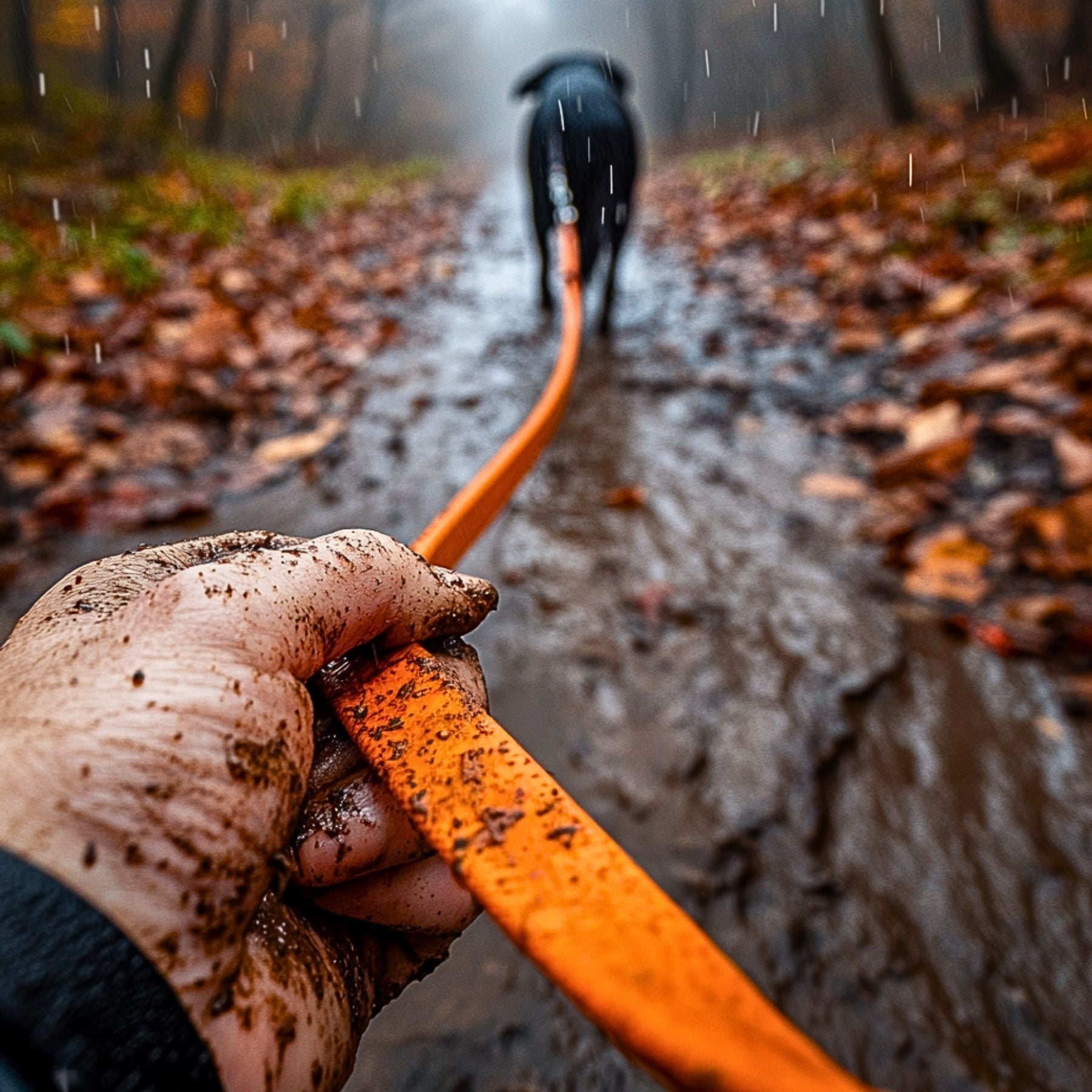
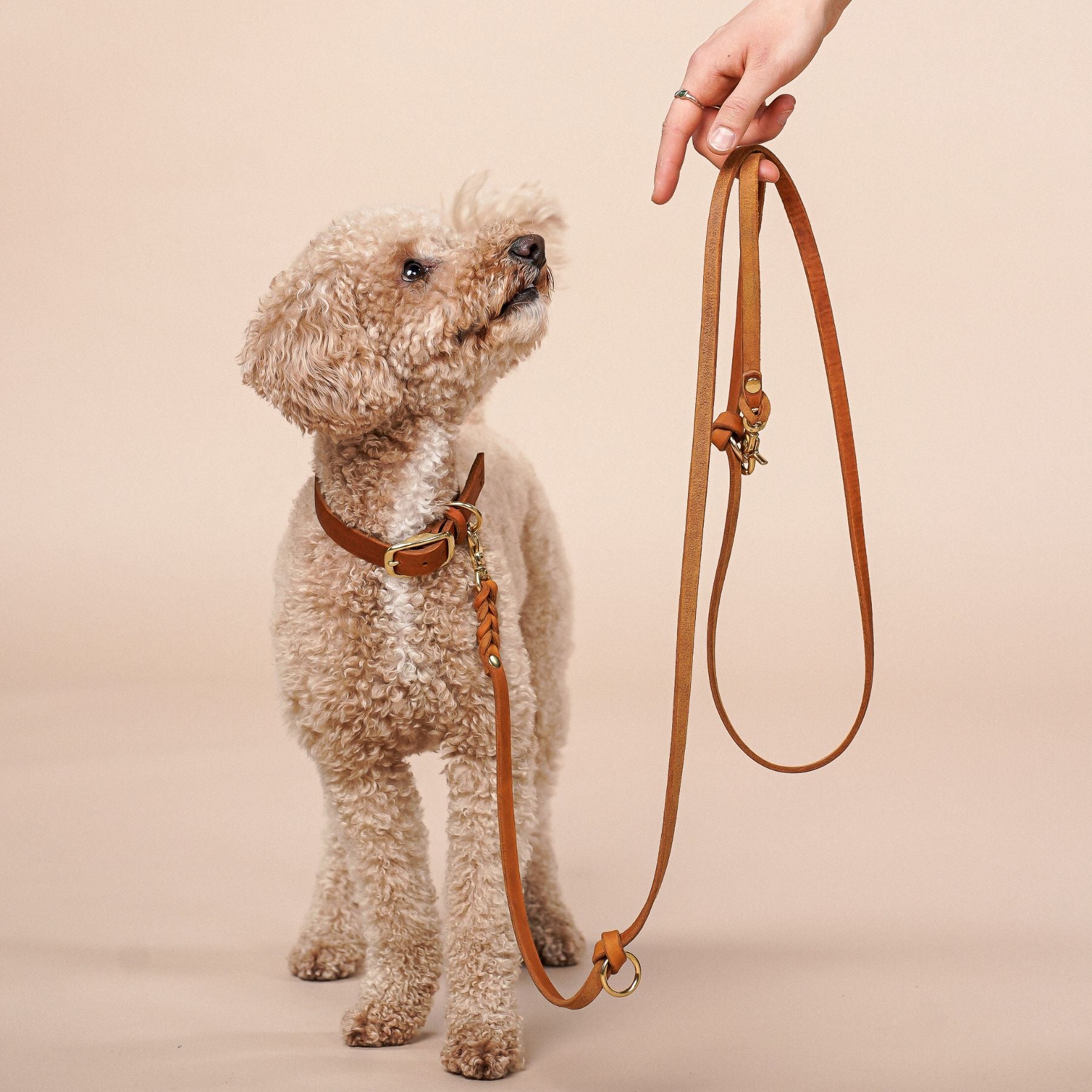


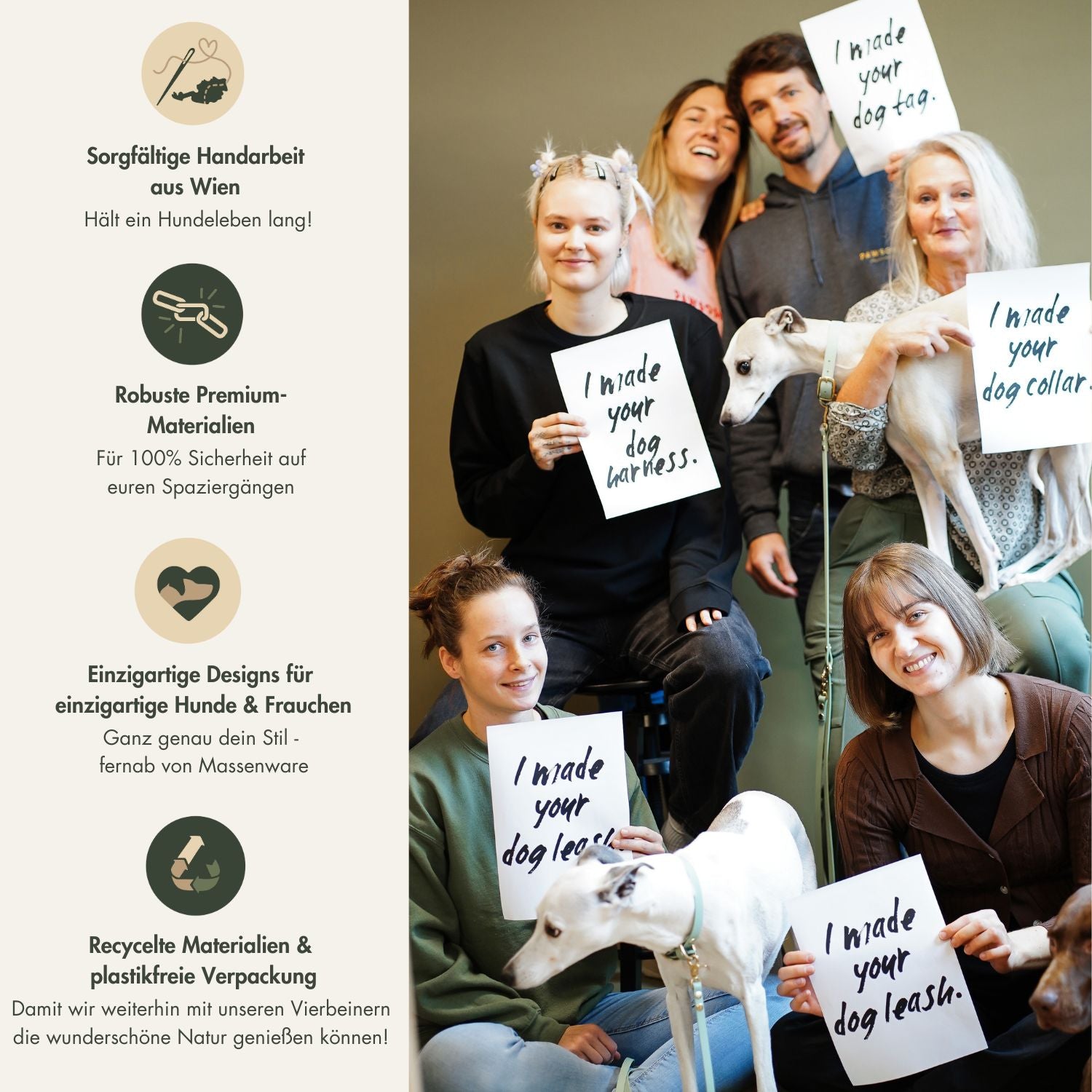


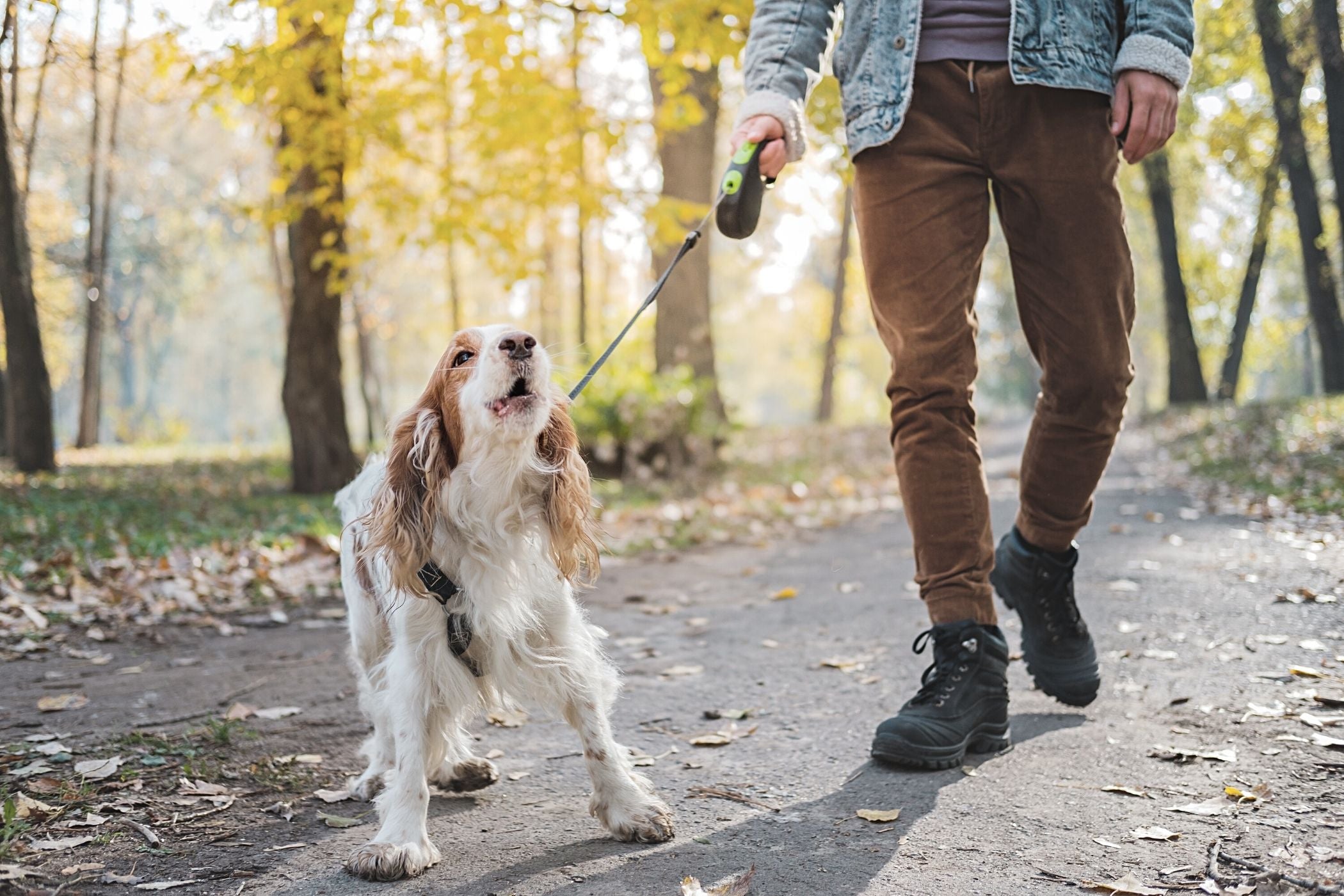
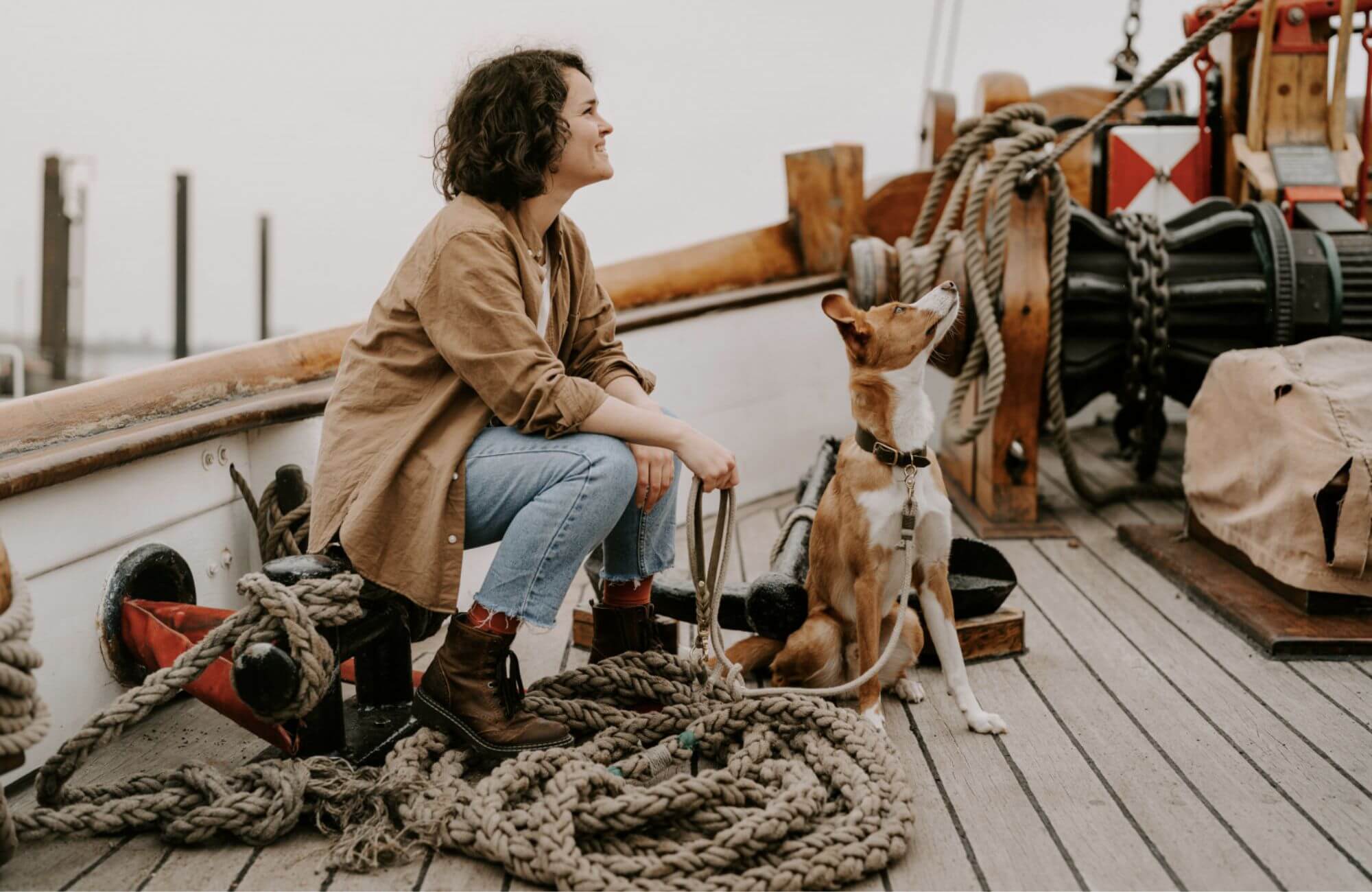
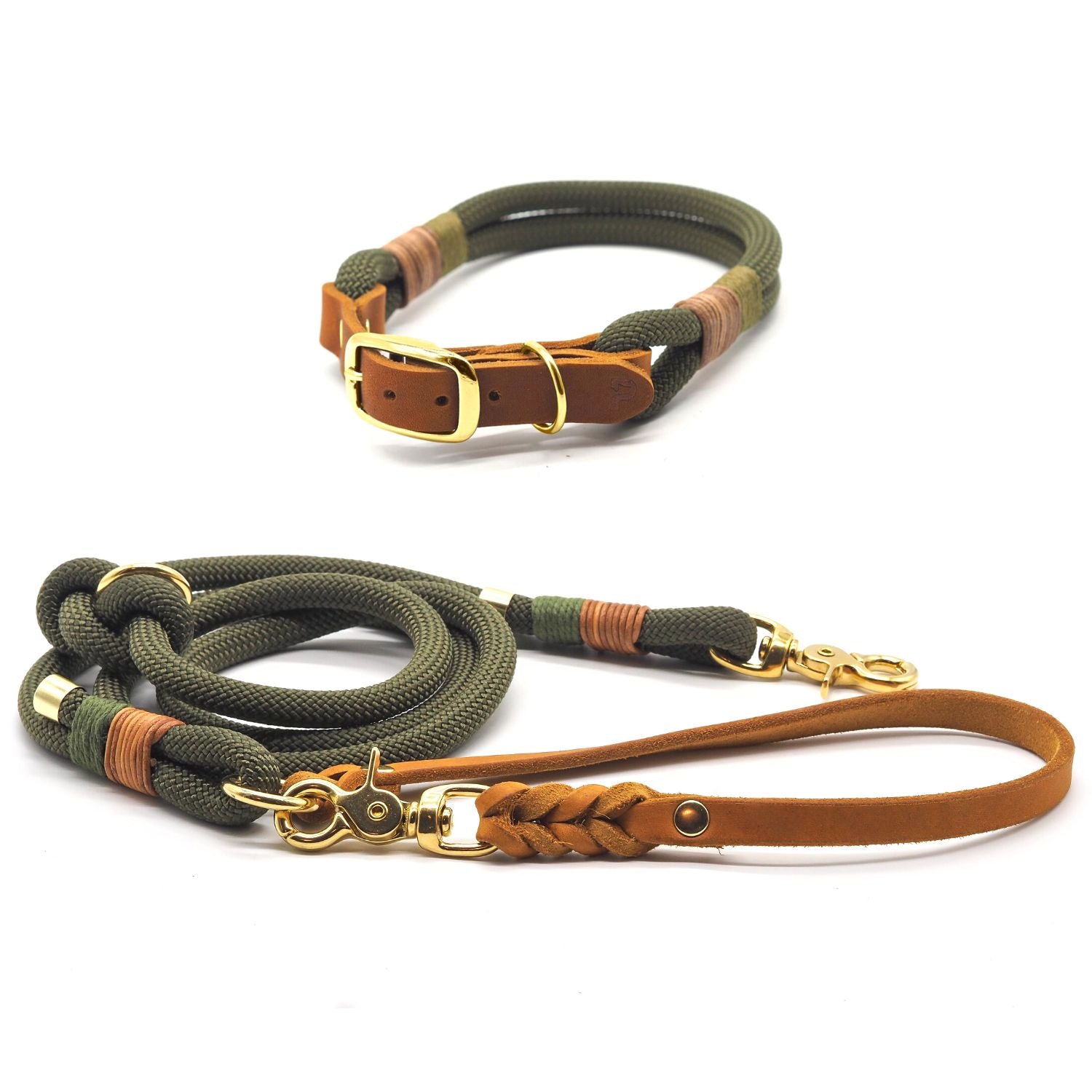

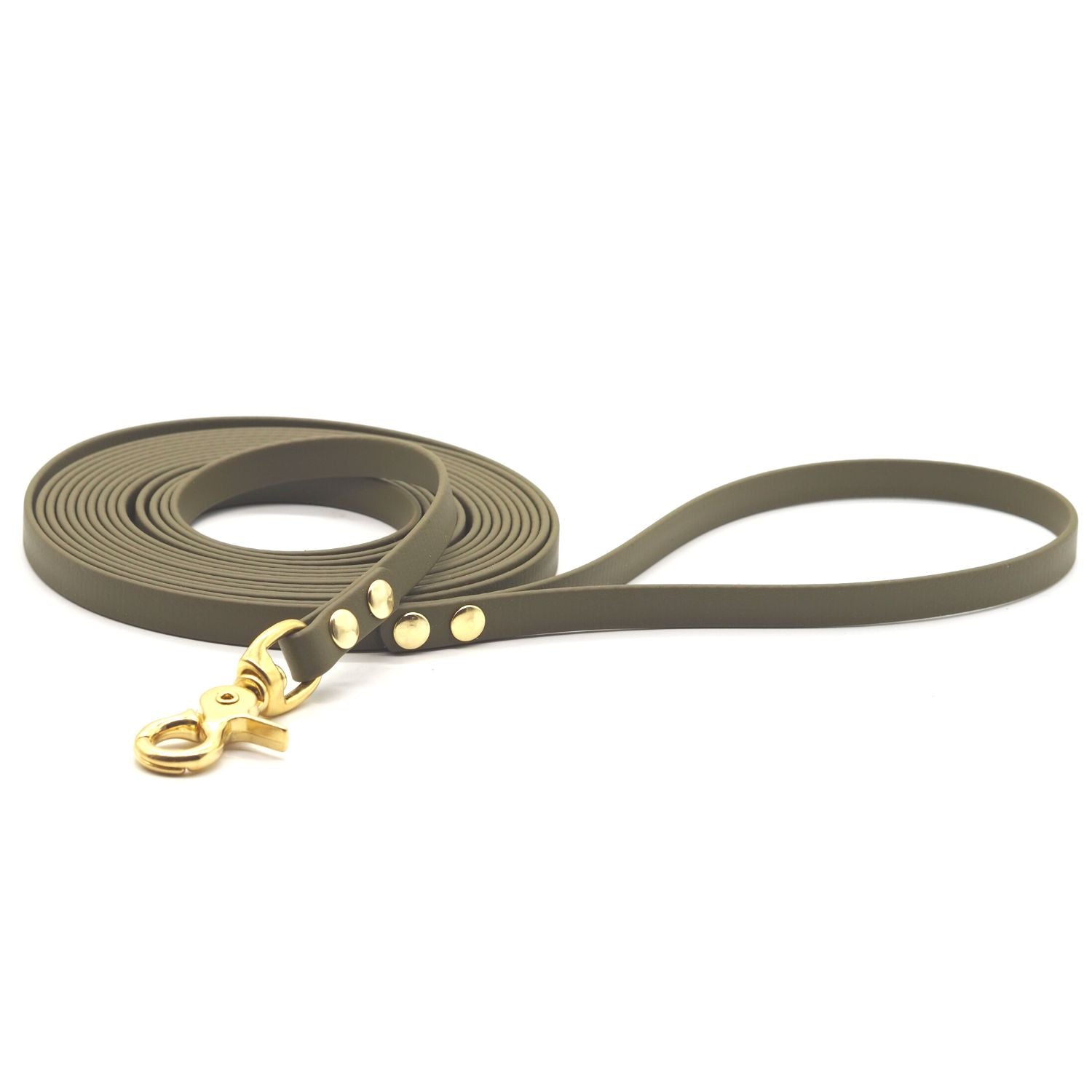



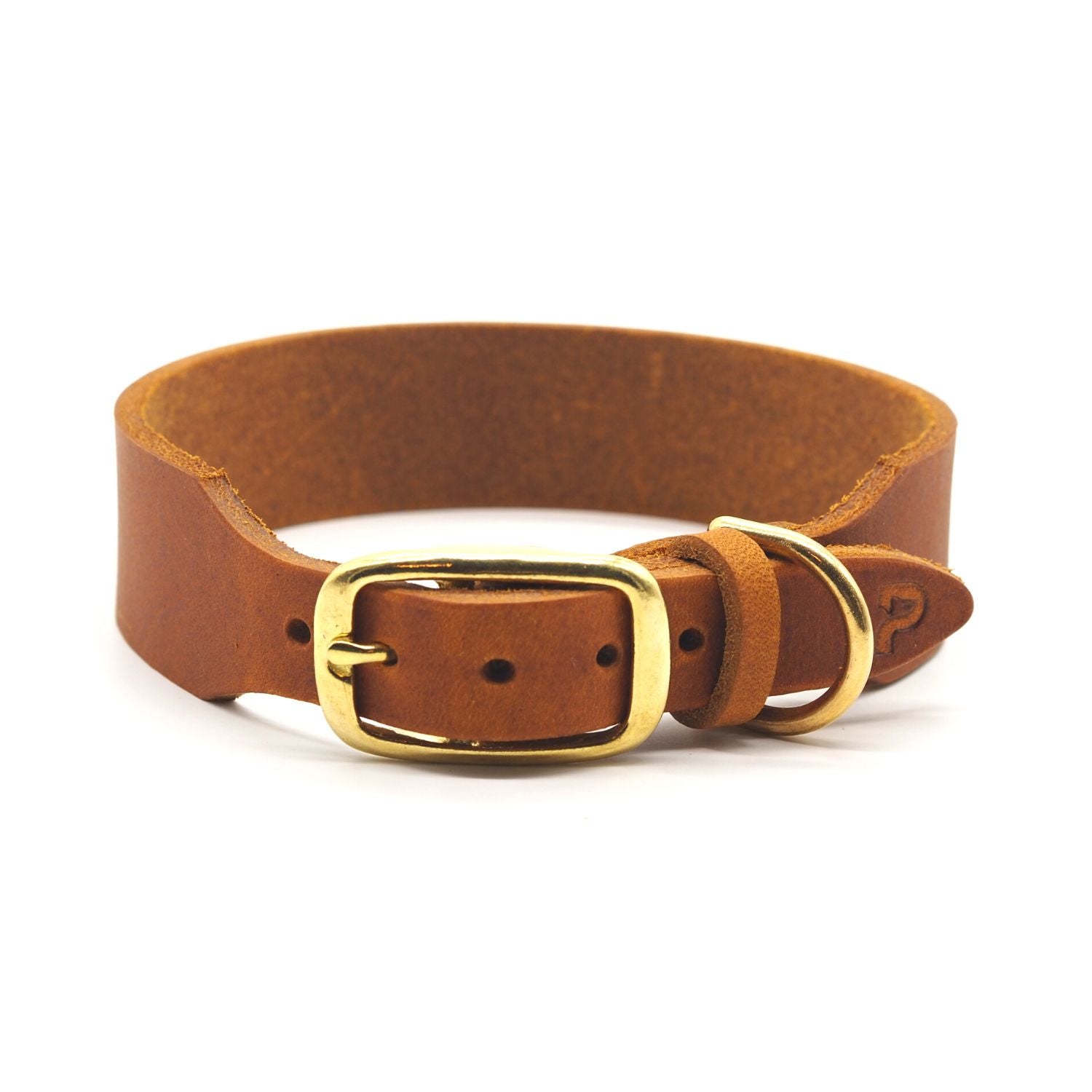
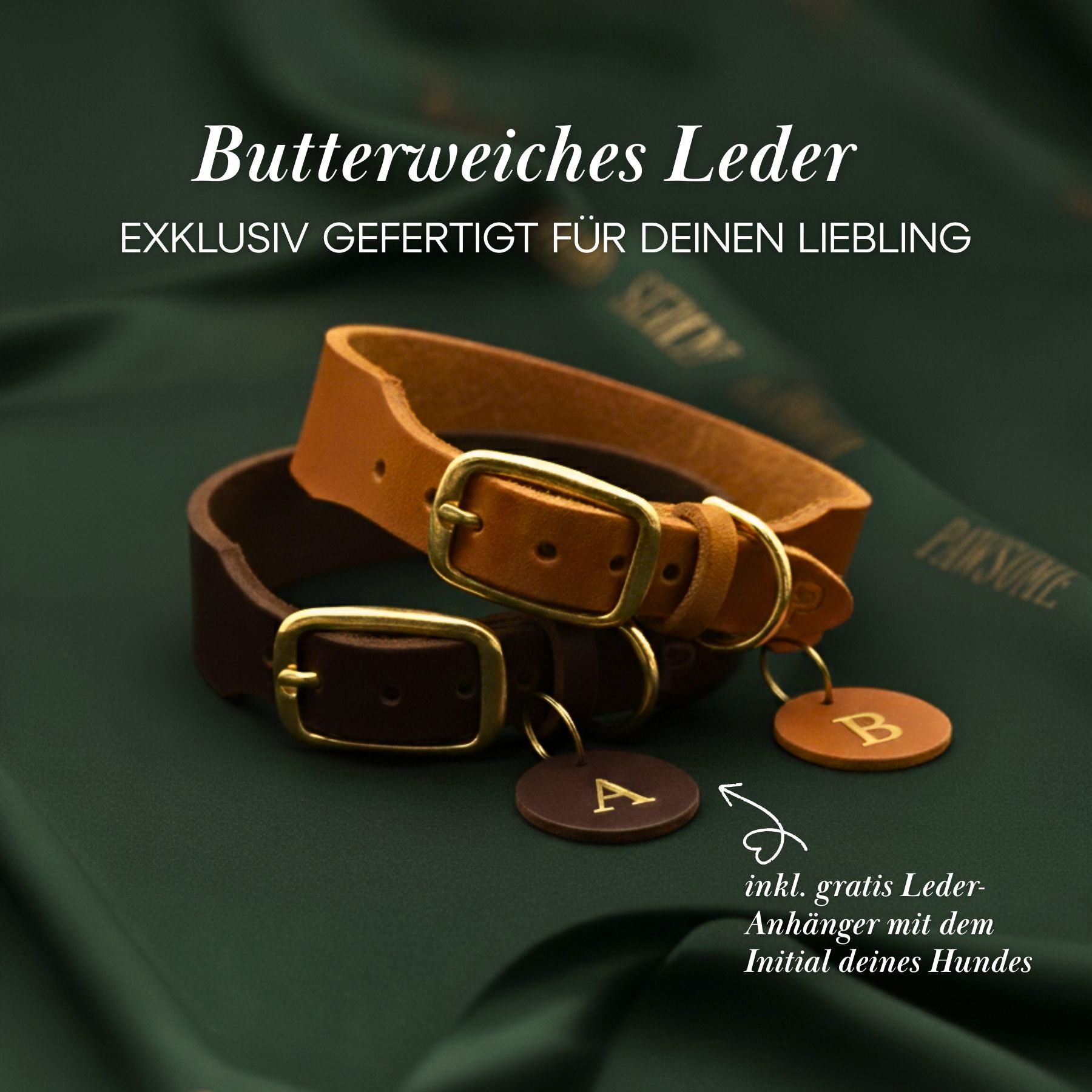

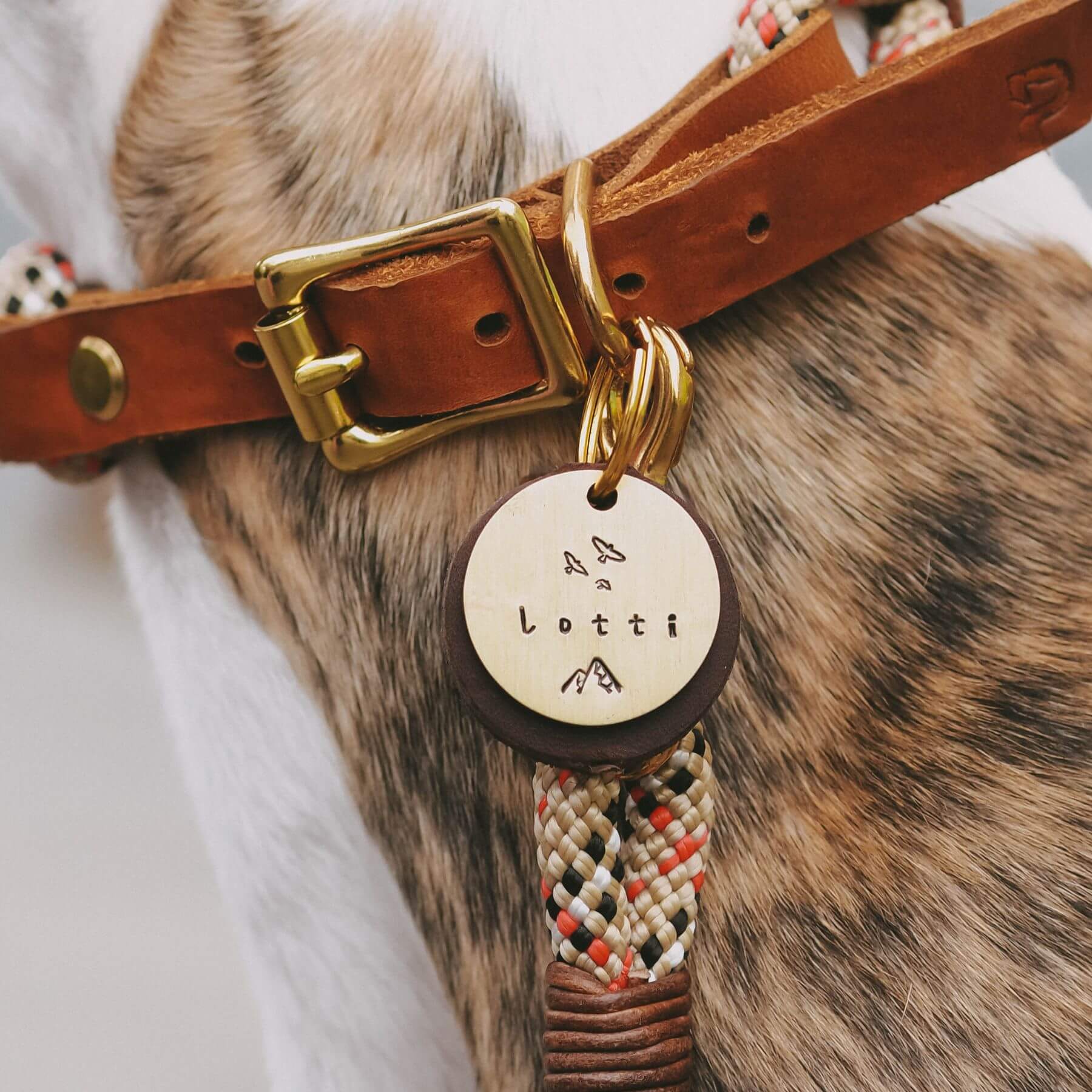




Leave a comment
All comments are moderated before being published.
This site is protected by hCaptcha and the hCaptcha Privacy Policy and Terms of Service apply.